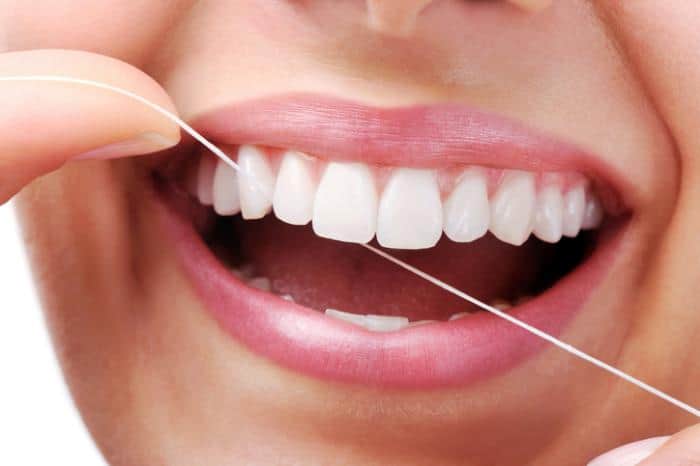The Flossing Handbook: Techniques & Tips for Dental Hygiene
What is flossing?
Bacteria and other particles that cannot be removed by a toothbrush are removed by flossing. It usually consists of a thin synthetic cord inserted and moved upward and downward between the sides of two adjacent teeth.
Why is flossing important?
Interdental cleaners like floss play a vital role in the maintenance of your teeth and gums, according to the American Dental Association (ADA). Accumulation of plaque in the teeth areas, which are inaccessible to toothbrushes, leads to cavities or gum disease. Interdental cleaning with dental floss has been demonstrated to remove plaque between teeth, prevent oral diseases, and stimulate blood flow to the gums.
What are the flossing techniques?
The two popular flossing methods are the "spool method" and the "loop method." The spool method is commonly used, especially for people who do not have any joint problems. However, the loop method is recommended in individuals with dexterity issues, arthritis, or other joint issues. Our dental team can teach you how to use floss properly and effectively. Please discuss with our dental team so that we can help you out.
How to floss your teeth?
- Take around 18 to 24 inches of dental floss and cut it in half. To grasp the floss correctly, wrap the majority of it around both of your middle fingers. You should leave around 1 to 2 inches of floss for your teeth.
- Then, using your thumbs and index fingers, pull the floss taut.
- Insert the dental floss between your teeth.
- You should gently move the floss up and down the tooth, rubbing it on both surfaces of the teeth. Do not insert the floss into your gums. Your gums may be scratched or bruised as a result of this.
- Curve the floss at the tooth base to produce a C shape as it reaches your gums. This permits the floss to enter between your gums and your teeth.
- Repeat the procedure as you move from tooth to tooth. Use a fresh section of floss for each tooth.

What kind of floss should I use?
Unwaxed floss has traditionally been regarded as the best because it has individual floss filaments, and they usually clean more effectively than waxed floss (the filaments are bound together). However, it is most important to use floss, which works for you. It is always better to floss than not flossing at all!
How can you learn about proper floss usage?
Flossing is technique sensitive and needs to be done carefully until you get comfortable with it; otherwise, you might hurt your gums. You can discuss with our dental team to have a demo about proper floss usage.
How often should I floss my teeth?
The American Dental Association recommends flossing your teeth at least once a day.
Is flossing beneficial or detrimental for teeth?
Flossing assists in proper dental health by lifting and removing plaque and food from between your teeth. Brushing eliminates plaque and food particles, but toothbrush bristles cannot reach deep enough between teeth to remove them altogether. As a result, flossing helps in keeping your mouth clean and healthy.
What will happen if I don't floss?
If you neglect to floss, you have a much increased chance of developing two serious dental diseases in your mouth: gingivitis and tooth decay that occurs between teeth.
You will not be able to eliminate dental plaque accumulation if you do not floss. The National Institutes of Health has recently estimated that there are approximately seven hundred types of bacteria in your mouth.
Bacteria that irritate the gum tissue may make it red and inflamed and prone to bleeding, which serves to increase bacterial numbers.



